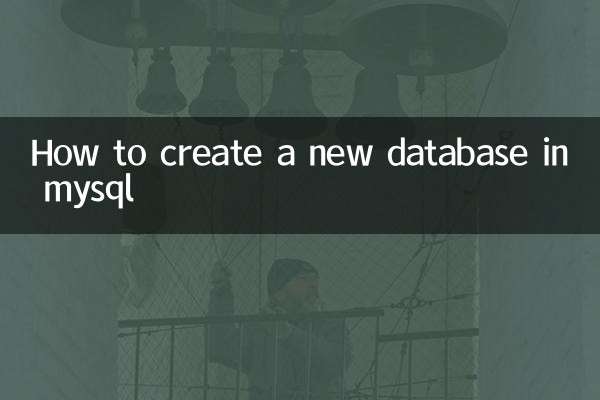How to set up hard disk boot in BIOS
During the computer startup process, the settings of the BIOS (Basic Input and Output System) determine the initialization sequence of hardware devices, among which the setting of the hard disk startup sequence is particularly important. Whether you are installing a new system, replacing a hard drive, or solving startup problems, you need to enter the BIOS to adjust the startup sequence. This article will introduce in detail how to set up hard disk startup, and attach recent hot topics for reference.
1. Steps to set up hard disk startup in BIOS

1.Enter the BIOS interface: Press the specified key when booting (usually Del, F2, F12 or Esc, the specific keys vary depending on the motherboard brand).
2.Navigate to startup options: Use the keyboard arrow keys to find the Boot or Startup tab.
3.Adjust startup sequence: Move the hard drive (usually identified as "HDD" or a specific model) to first order in "Boot Priority" or "Boot Order".
4.Save and exit: Press F10 to save the settings, which will take effect after restarting.
2. Differences in BIOS settings of different motherboard brands
| Motherboard brand | Enter BIOS button | Startup options path |
|---|---|---|
| ASUS | Del/F2 | Boot>Boot Priority |
| MSI | Del | Settings>Boot |
| Gigabyte | Del/F12 | BIOS Features >Boot Option |
| Dell | F2 | Boot Sequence |
3. Common problems and solutions
1.Hard drive not found in BIOS: Check whether the hard disk connection cable is loose, or try to replace the SATA interface.
2.Boot sequence cannot be saved: It may be that the BIOS battery has failed and the CMOS battery needs to be replaced.
3.UEFI conflicts with Legacy mode: Select the corresponding startup mode according to the hard disk partition type (GPT or MBR).
4. References to recent hot topics
The following are technology topics that have been hotly discussed on the Internet in the past 10 days, which may be related to BIOS settings:
| Ranking | topic | heat index |
|---|---|---|
| 1 | Windows 11 24H2 update causes startup issues | 92,000 |
| 2 | Domestic SSD price war leads to installation boom | 78,000 |
| 3 | Challenges of AI PC to traditional BIOS | 65,000 |
5. Things to note
1. Be careful when operating the BIOS. Changing other settings by mistake may cause system instability.
2. Some new motherboards support graphical BIOS interfaces (such as UEFI), but the basic logic is the same as traditional BIOS.
3. It is recommended to record the original settings before adjustment for easy recovery.
Through the above steps and data analysis, users can easily complete the hard disk startup settings. If you encounter complex problems, you can refer to the motherboard manual or contact the manufacturer's technical support.

check the details

check the details